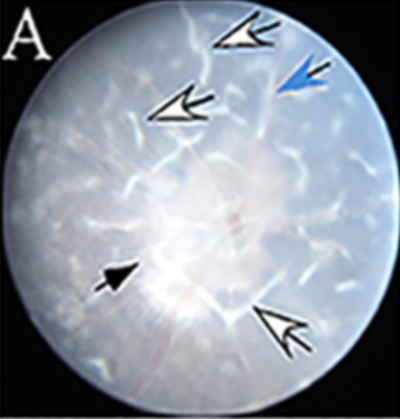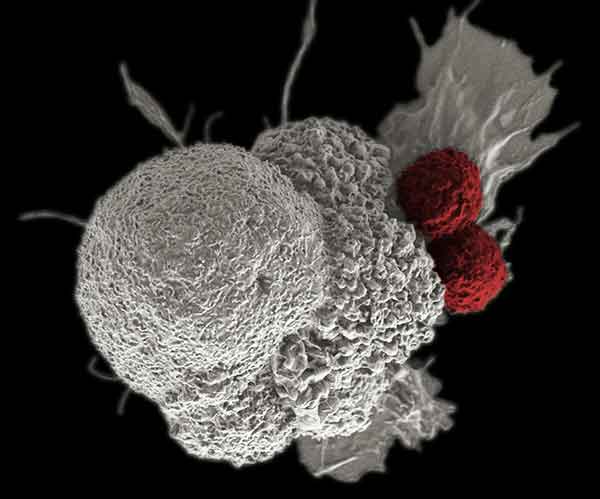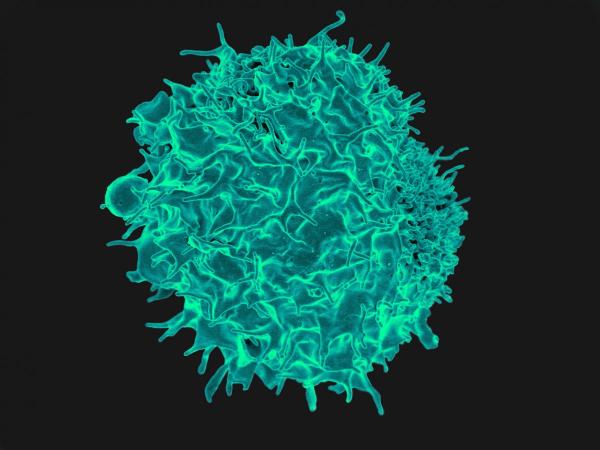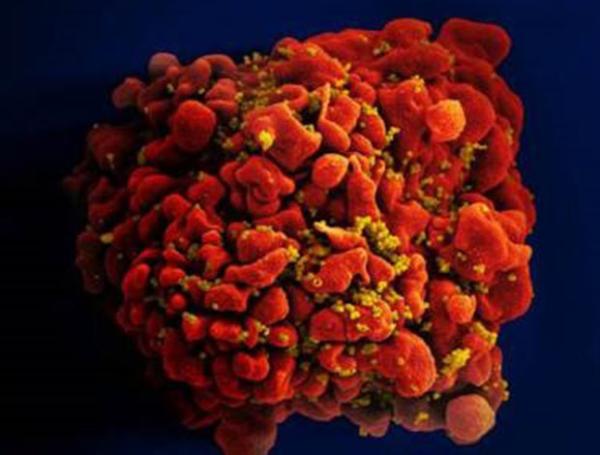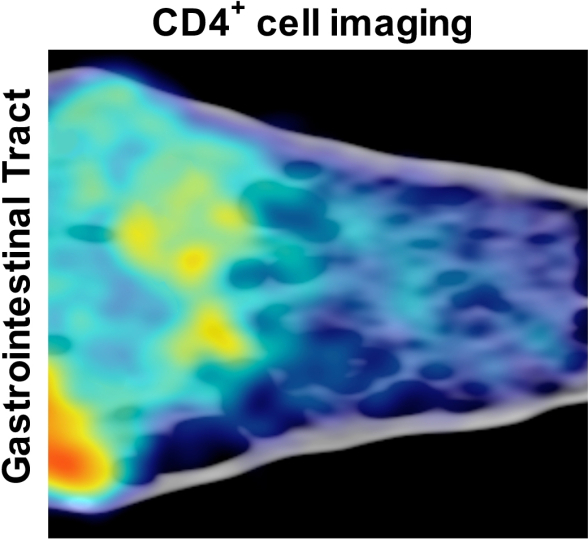HIV Research Yields an Unexpected Discovery
A Conversation with Dr. Paolo Lusso
First discovered in 1981, human immunodeficiency virus, or HIV, caused one of the most deadly and persistent epidemics in history. HIV destroys CD4+ T cells, a type of white blood cell essential for fighting infection. In doing so, HIV destroys the body’s ability to fight off disease, which often leads to life-threatening consequences.
Today, medications have allowed people living with HIV to lead healthier lives. However, HIV still remains a major public health concern and continues to be studied by researchers within the IRP and beyond.
IRP research has produced findings essential to the development of current HIV treatments and tools for diagnosis. However, there is still a lot left to learn. One recent IRP contribution to HIV research was a 2017 study led by IRP senior investigator Paolo Lusso, M.D., Ph.D., which suggests that treatments targeting a protein called integrin α4β7 could potentially become an addition to current treatment options for those with HIV, or provide new measures to prevent infection.



